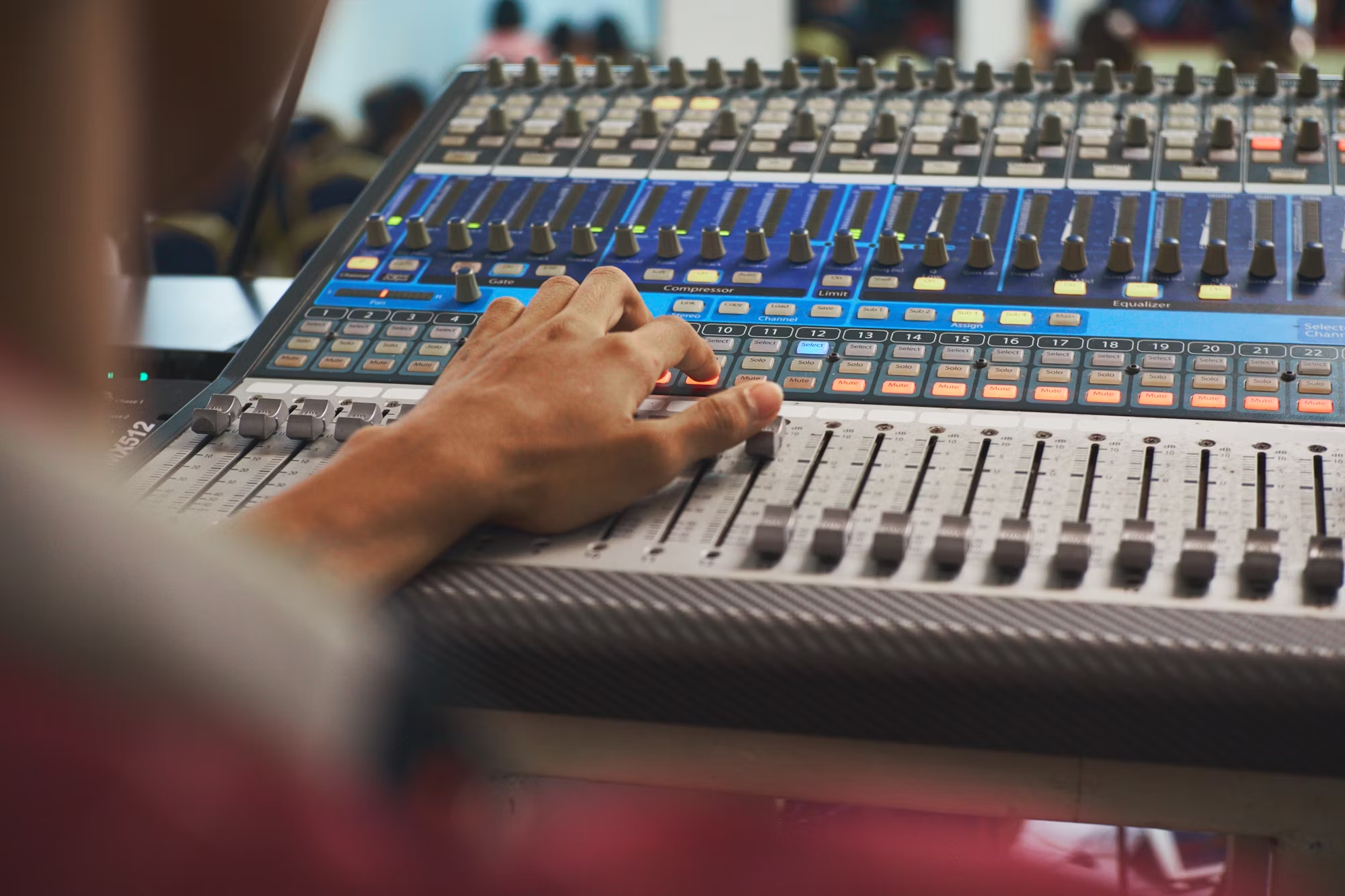Electronic Dance Music (EDM) has undeniably reshaped the global music scene. Once a niche genre largely confined to underground clubs and warehouses, EDM has since transformed into a mainstream cultural phenomenon. With its infectious beats, dynamic rhythms, and massive, euphoric soundscapes, EDM has captured the hearts of millions around the world, influencing everything from music production to live events, fashion, and social media culture. This article will explore how EDM has evolved, its influence on various subgenres, and the lasting cultural impact it has had on modern music.
The Origins of EDM: Underground Beginnings
While Electronic Dance Music as we know it today didn’t truly come into the spotlight until the 1990s, its roots trace back to the early days of electronic music. The development of synthesizers, drum machines, and electronic technology in the late 70s and early 80s allowed musicians to experiment with new forms of music. It was in cities like Chicago, Detroit, and New York that the first electronic dance tracks began to emerge, creating the foundation for what would later become EDM.
In Chicago, house music emerged as a dominant force. Pioneering DJs like Frankie Knuckles began playing a unique blend of disco, soul, and electronic sounds, all driven by a four-on-the-floor beat. This distinct style, later dubbed house music, set the stage for the explosion of EDM worldwide. Around the same time, Detroit was producing another crucial subgenre—techno. Artists like Juan Atkins and Derrick May pushed the boundaries of sound with futuristic, machine-like rhythms, which became the bedrock of techno.
However, EDM as a mainstream force didn’t take shape until the late 90s, when the genre began to break out of underground clubs and enter the public eye. Rave parties, techno festivals, and warehouse gatherings were some of the few spaces where people could experience the energy and excitement of EDM firsthand. These events became incubators for the future of dance music, where producers began to experiment with sound, tempo, and style in new and innovative ways.
The Rise of EDM Festivals: From Clubs to Global Stages
The 2000s marked a pivotal turning point for EDM, as the genre began to capture the attention of a wider audience. Festivals like Tomorrowland in Belgium, Ultra Music Festival in Miami, and Electric Daisy Carnival in Las Vegas became some of the largest and most iconic music events in the world. These festivals not only provided an opportunity to see top-tier DJs perform, but they also created an entire culture around EDM. The combination of music, massive stages, spectacular light shows, and a sense of unity on the dancefloor drew millions of attendees from all over the globe.
The growth of EDM festivals helped propel the genre into the mainstream, with huge audiences coming together to experience the music in a shared environment. The impact of these festivals was felt far beyond the music itself. EDM’s cultural influence began to permeate mainstream fashion, art, and lifestyle. Brands associated with EDM, from clothing lines to energy drinks, emerged to cater to the growing fanbase. The “rave” culture, characterized by colorful clothing, neon accessories, and glowing lights, became synonymous with the EDM experience, further solidifying the genre’s cultural impact.
Social media played a key role in expanding the reach of EDM festivals. With platforms like Instagram, Facebook, and Twitter, fans could share their experiences with millions of people in real-time. DJs also embraced these platforms, using them to build their personal brands and connect with fans directly. This accessibility allowed EDM artists to grow their audiences exponentially and helped spread the genre’s influence across borders.
Subgenres of EDM: Diversity in Sound
A key reason for EDM’s broad appeal is its diversity. EDM is not just one genre, but a collection of subgenres, each with its own unique sound and culture. This allows fans to find a style that resonates with them, whether it’s the smooth grooves of house, the aggressive drops of dubstep, or the uplifting melodies of trance. The constant evolution and innovation within EDM means that the genre never stays stagnant, but continues to grow and adapt to new trends and technological advancements.
House: The Groove That Started It All
House music remains the foundation of EDM. Its four-on-the-floor beat, deep basslines, and accessible melodies have made it a staple in clubs and festivals worldwide. Deep house takes a slower, more soulful approach, focusing on rich, atmospheric melodies and emotional depth. Artists like Disclosure and Duke Dumont brought deep house to the forefront of popular music, creating hits that blend catchy vocals with warm, groovy beats.
Tech house, another branch of house music, blends the groove of house with the minimalistic, repetitive rhythms of techno. DJs like Solardo and Fisher have popularized tech house with its energetic basslines and crisp percussion, making it a mainstay in modern dance music.
Techno: The Pulse of the Underground
Techno, born in Detroit, is characterized by its futuristic, industrial sound. The repetitive, mechanical rhythms of techno have always been designed to hypnotize and immerse listeners. Detroit techno artists like Derrick May and Juan Atkins are pioneers of the genre, crafting tracks that emphasize simplicity, space, and atmosphere.
Minimal techno, a subgenre that emerged in the 1990s, strips down the sound even further, focusing on subtle variations and atmospheric build-ups. Artists like Richie Hawtin and Ricardo Villalobos have helped define this genre, creating immersive, deep sounds that keep listeners engaged through long, hypnotic sets.
Trance: The Emotional Journey
Trance music is defined by its emphasis on melody, emotion, and atmosphere. It often features long, evolving build-ups and climactic drops designed to take the listener on a musical journey. Progressive trance is characterized by slower, more evolving melodies, while psytrance brings a faster tempo and psychedelic influence to the genre.
Armin van Buuren and Above & Beyond are two of the most influential artists in the world of trance, known for their emotionally charged tracks that create a sense of unity and euphoria on the dancefloor. Their music’s uplifting quality has made trance a favorite among festival-goers and dance music enthusiasts.
Dubstep: The Power of the Drop
Dubstep, a genre born in the UK, is known for its aggressive, bass-heavy sound and its signature “drop,” a moment when the song shifts dramatically, often with a heavy bassline and intense rhythms. Brostep, a subgenre pioneered by artists like Skrillex, takes dubstep’s aggressive sound even further with distorted bass and fast-paced rhythms that have become popular in mainstream EDM.
Meanwhile, deep dubstep takes a more atmospheric approach, focusing on low-end bass frequencies and minimal, dark rhythms. Artists like Burial and Mala helped shape the genre, creating tracks that are as much about atmosphere and mood as they are about rhythm.
The Future of EDM: Innovation and Cultural Impact
As EDM continues to grow, its influence shows no signs of slowing down. With technological advancements in music production, live event experiences, and the increasing use of virtual platforms, the future of EDM is full of possibilities. Virtual festivals, live-streamed DJ sets, and collaborations between artists from different genres are just a few of the ways in which EDM is likely to continue evolving.
One of the most exciting aspects of EDM’s future is the potential for innovation in sound design. With the rise of AI-assisted music production, new software tools, and advances in sound technology, artists will have more tools than ever to experiment with new sounds and production techniques. This constant innovation means that EDM will remain a dynamic and exciting part of the music world for years to come.
Culturally, EDM’s influence will likely continue to grow as well. The genre has already become a driving force in the global music scene, and as it spreads to new audiences and regions, its impact will only expand. The sense of community, unity, and freedom that EDM fosters is likely to remain one of its defining features, ensuring its place in the hearts of music fans around the world.
Conclusion: EDM as a Cultural Phenomenon
From its underground beginnings to its mainstream success, EDM has had a profound impact on modern music culture. Its diverse subgenres, groundbreaking artists, and massive global fanbase have turned EDM into more than just a genre—it’s a global movement. Whether it’s the pulsating rhythms of house, the euphoric melodies of trance, or the earth-shaking drops of dubstep, EDM continues to shape the future of music. With innovation, collaboration, and its strong cultural influence, EDM will undoubtedly remain a driving force in the music industry for years to come.

